Dr. Bickmore's YA Wednesday has been a friend to poetry and especially poetry in a YA context. I have pulled a few URLs for some of the past posts that have shared poetry, including what I posted last year at the end of the month and post that pays tribute to Bob Dylan upon winning the Nobel Prize for Literature.
I hope you take a minute to read a poem.
I hope you also revisit some of the older posts and add a book of poetry to your "To Be Read List." The authors of these post include: Lesley Roessing, Padma Venkatraman, Sylvia Vardell and Janet Wong.
1. http://www.yawednesday.com/blog/30-mgya-verse-novels-for-national-poetry-month-engaging-reluctant-readers-enriching-enthusiastic-readers-and-appreciating-story-form-language-by-lesley-roessing
2. http://www.yawednesday.com/blog/verse-novels-for-national-poetry-month-by-lesley-roessing
3. http://www.yawednesday.com/blog/better-and-verse-by-padman-venkatraman
4. http://www.yawednesday.com/blog/poetry-for-young-adults-finding-sharing-writing-by-sylvia-vardell-and-janet-wong-and-a-nod-to-bob-dylan
5. http://www.yawednesday.com/blog/saying-goodbye-to-april-and-a-month-of-poetry
My Poetry Selection for April 2020
Day 2: Robert Frost https://allpoetry.com/The-Silken-Tent
Day 3: T. S. Eliot https://poets.org/poem/love-song-j-alfred-prufrock
Day 4: W. B. Yeats https://www.poetryfoundation.org/poems/43291/sailing-to-byzantium
Day 5: William Wordsworth https://www.poetryfoundation.org/poems/52299/nuns-fret-not-at-their-convents-narrow-room
| The Silken TentShe is as in a field of silken tent At midday when the sunny summer breeze Has dried the dew and all its ropes relent, So that in guys it gently sways at ease, And its supporting central cedar pole, That is its pinnacle to heavenward And signifies the sureness of the soul, Seems to owe naught to any single cord, But strictly held by none, is loosely bound By countless silken ties of love and thought To every thing on earth the compass round, And only by one's going slightly taut In the capriciousness of summer air Is of the slightlest bondage made aware. © by owner. provided at no charge for educational |
Day 7: Mary Oliver https://www.poetryfoundation.org/poetrymagazine/browse?contentId=39535
Day 8: Gwendolyn Brooks https://www.poetryfoundation.org/poetrymagazine/poems/25174/the-children-of-the-poor
Day 9: Langston Hughes https://www.poetryfoundation.org/poems/47559/mother-to-son
Day 10: May Swenson https://www.poetryfoundation.org/poetrymagazine/browse?contentId=29965
| The Children of the Poor Launch Audio in a New Window BY GWENDOLYN BROOKS 1 People who have no children can be hard: Attain a mail of ice and insolence: Need not pause in the fire, and in no sense Hesitate in the hurricane to guard. And when wide world is bitten and bewarred They perish purely, waving their spirits hence Without a trace of grace or of offense To laugh or fail, diffident, wonder-starred. While through a throttling dark we others hear The little lifting helplessness, the queer Whimper-whine; whose unridiculous Lost softness softly makes a trap for us. And makes a curse. And makes a sugar of The malocclusions, the inconditions of love. 2 What shall I give my children? who are poor, Who are adjudged the leastwise of the land, Who are my sweetest lepers, who demand No velvet and no velvety velour; But who have begged me for a brisk contour, Crying that they are quasi, contraband Because unfinished, graven by a hand Less than angelic, admirable or sure. My hand is stuffed with mode, design, device. But I lack access to my proper stone. And plenitude of plan shall not suffice Nor grief nor love shall be enough alone To ratify my little halves who bear Across an autumn freezing everywhere. 3 And shall I prime my children, pray, to pray? Mites, come invade most frugal vestibules Spectered with crusts of penitents’ renewals And all hysterics arrogant for a day. Instruct yourselves here is no devil to pay. Children, confine your lights in jellied rules; Resemble graves; be metaphysical mules. Learn Lord will not distort nor leave the fray. Behind the scurryings of your neat motif I shall wait, if you wish: revise the psalm If that should frighten you: sew up belief If that should tear: turn, singularly calm At forehead and at fingers rather wise, Holding the bandage ready for your eyes. Gwendolyn Brooks, “The Children of the Poor” from Annie Allen (New York: Harper & Row, 1949). Collected in Blacks (Chicago: Third World Press, 1991). Source: Blacks (Third World Press, 1991) |
Day 12: Edwin Arlington Robinson https://www.poetryfoundation.org/poems/44985/villanelle-of-change
Day 13: Anne Bradstreet https://www.poetryfoundation.org/poems/43698/by-night-when-others-soundly-slept
Day 14: Maya Angelou https://www.poetryfoundation.org/poems/46446/still-i-rise
Day 15: John Donne https://www.poetryfoundation.org/poems/44131/a-valediction-forbidding-mourning
| On First Looking into Chapman's Homer BY JOHN KEATS Much have I travell'd in the realms of gold, And many goodly states and kingdoms seen; Round many western islands have I been Which bards in fealty to Apollo hold. Oft of one wide expanse had I been told That deep-brow'd Homer ruled as his demesne; Yet did I never breathe its pure serene Till I heard Chapman speak out loud and bold: Then felt I like some watcher of the skies When a new planet swims into his ken; Or like stout Cortez when with eagle eyes He star'd at the Pacific—and all his men Look'd at each other with a wild surmise-- Silent, upon a peak in Darien. |
Day 17: Wilfred Owens https://www.poetryfoundation.org/poems/47393/anthem-for-doomed-youth
Day 18: Walt Whitman https://www.poetryfoundation.org/poems/45478/vigil-strange-i-kept-on-the-field-one-night
Day 19: Ezra Pound https://www.poetryfoundation.org/poetrymagazine/poems/12588/middle-aged
Day 20: Phyllis Wheatley https://www.poetryfoundation.org/poems/45467/to-a-gentleman-and-lady-on-the-death-of-the-ladys-brother-and-sister-and-a-child-of-the-name-avis-aged-one-year
| Anthem for Doomed Youth BY WILFRED OWEN What passing-bells for these who die as cattle? — Only the monstrous anger of the guns. Only the stuttering rifles' rapid rattle Can patter out their hasty orisons. No mockeries now for them; no prayers nor bells; Nor any voice of mourning save the choirs,-- The shrill, demented choirs of wailing shells; And bugles calling for them from sad shires. What candles may be held to speed them all? Not in the hands of boys, but in their eyes Shall shine the holy glimmers of goodbyes. The pallor of girls' brows shall be their pall Their flowers the tenderness of patient minds, And each slow dusk a drawing-down of blinds. |
Day 22: Robert Lowell https://www.poetryfoundation.org/poems/47694/skunk-hour
Day 23: H. D. https://www.poetryfoundation.org/poems/46541/helen-56d22674d6e41
Day 24: Sylvia Plath https://www.poetryfoundation.org/poems/48999/daddy-56d22aafa45b2
Day 25: Randall Jarrell https://www.poetryfoundation.org/poems/48392/eighth-air-force
| Helen BY H. D. All Greece hates the still eyes in the white face, the lustre as of olives where she stands, and the white hands. All Greece reviles the wan face when she smiles, hating it deeper still when it grows wan and white, remembering past enchantments and past ills. Greece sees unmoved, God’s daughter, born of love, the beauty of cool feet and slenderest knees, could love indeed the maid, only if she were laid, white ash amid funereal cypresses. H.D. (Hilda Doolittle), “Helen” from Collected Poems 1912-1944. Copyright © 1982 by The Estate of Hilda Doolittle. Reprinted with the permission of New Directions Publishing Corporation. Source: Collected Poems 1912-1944 (New Directions Publishing Corporation, 1982) |
Day 27: Phillip Levine https://www.poetryfoundation.org/poetrymagazine/browse?contentId=29412
Day 28: Wallace Stevens https://www.poetryfoundation.org/poems/43431/the-idea-of-order-at-key-west
Day 29: Robert Penn Warren https://www.poetryfoundation.org/poems/47705/evening-hawk
Day 30: Sharon Olds https://www.poetryfoundation.org/poetrymagazine/browse?contentId=36723
| After Making Love in Winter by Sharon Olds At first I cannot have even a sheet on me, anything at all is painful, a plate of iron laid down on my nerves, I lie there in the air as if flying rapidly without moving, and slowly I cool off—hot, warm, cool, cold, icy, till the skin all over my body is ice except at those points our bodies touch like blooms of fire. Around the door loose in its frame, and around the transom, the light from the hall burns in straight lines and casts up narrow beams on the ceiling, a figure throwing up its arms for joy. In the mirror, the angles of the room are calm, it is the hour when you can see that the angle itself is blessed, and the dark globes of the chandelier, suspended in the mirror, are motionless—I can feel my ovaries deep in my body, I gaze at the silvery bulbs, maybe I am looking at my ovaries, it is clear everything I look at is real and good. We have come to the end of questions, you run your palm, warm, large, dry, back along my face over and over, over and over, like God putting the finishing touches on, before sending me down to be born. Sharon Olds, winner of the Pulitzer Prize for Poetry for her volume Stag’s Leap, is famous for her deeply emotional and open poems about personal and family life. |
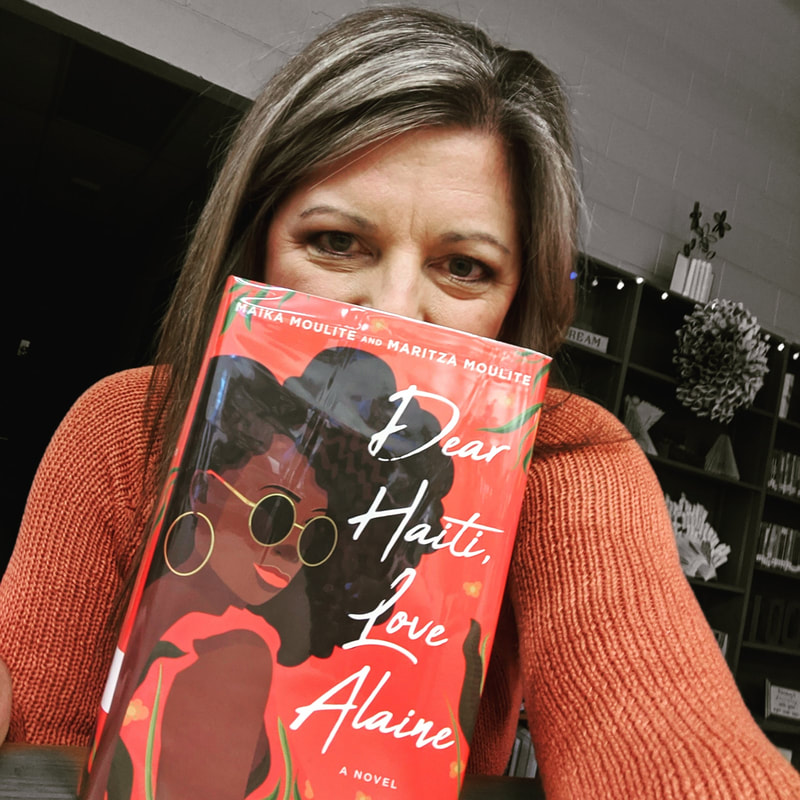
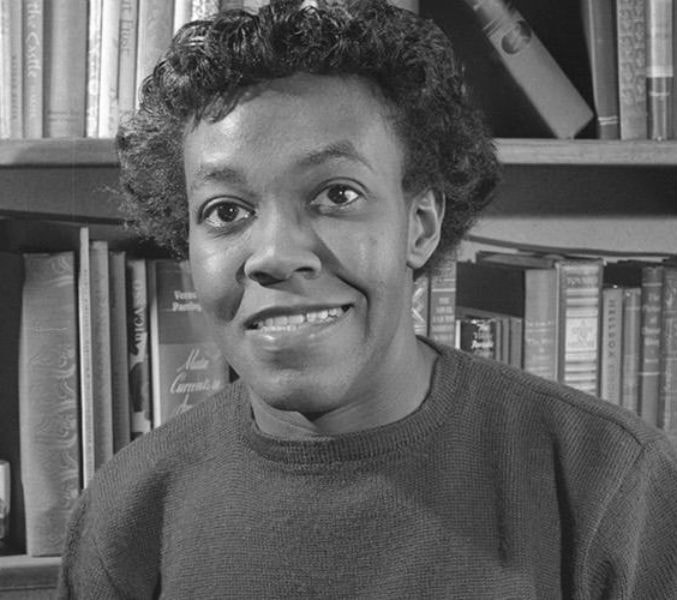
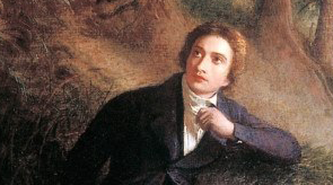
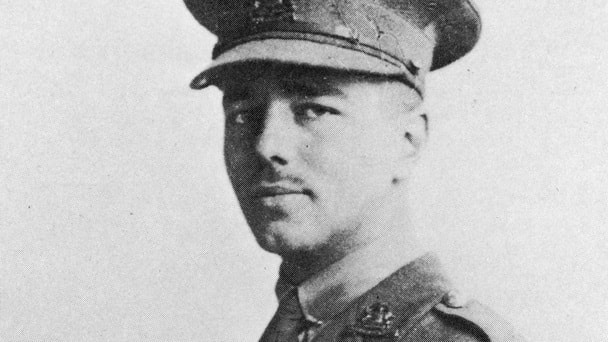
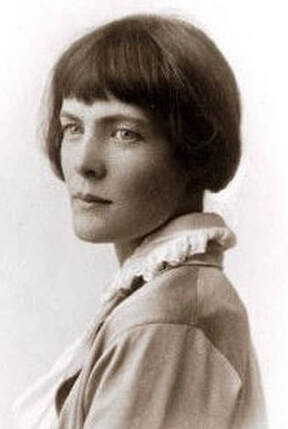
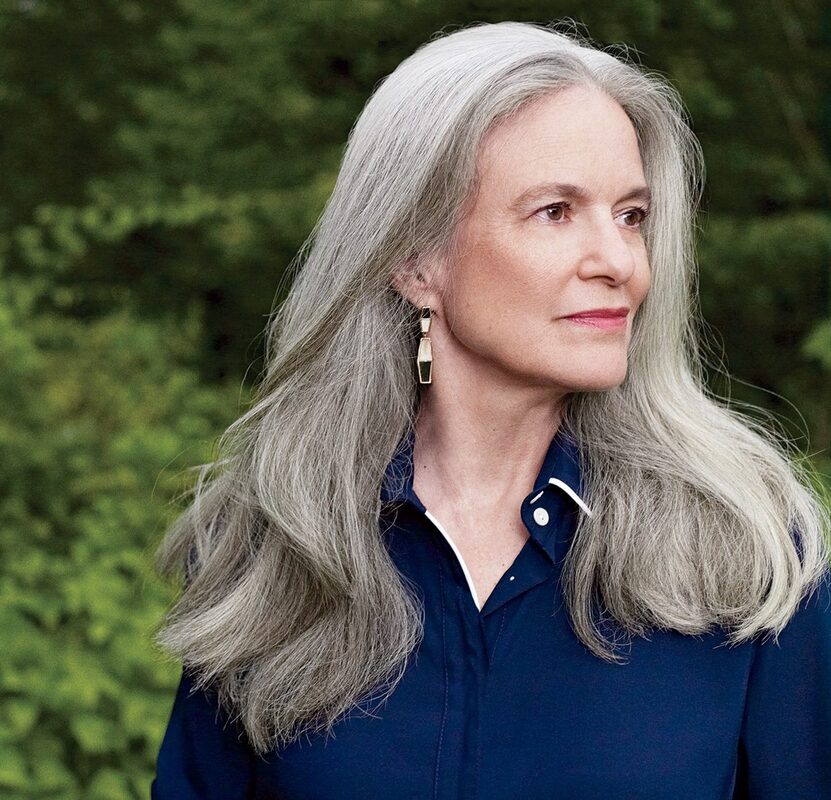
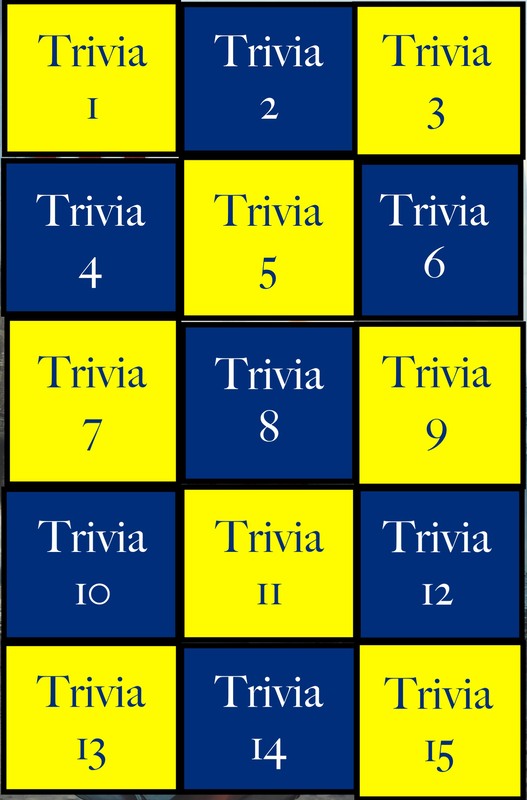
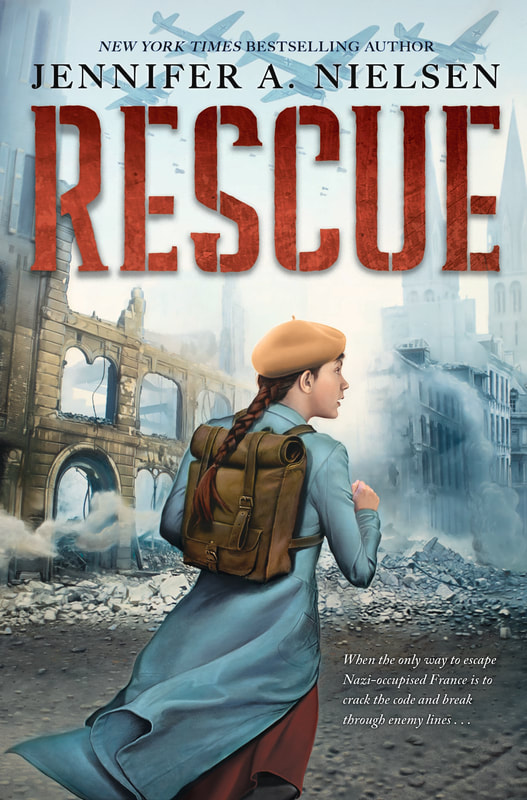


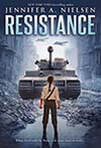

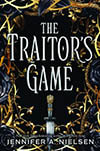
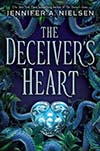
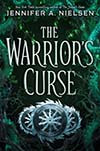
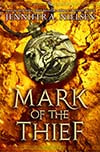
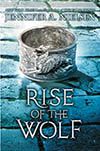
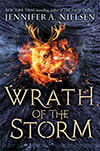
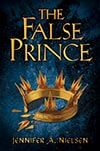
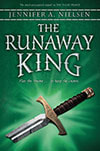
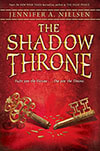
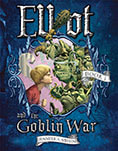
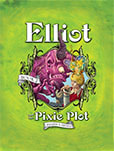
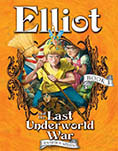
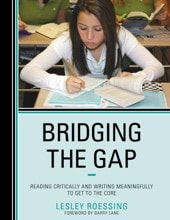
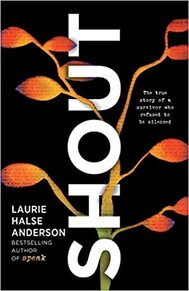
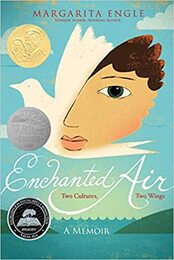
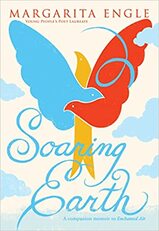
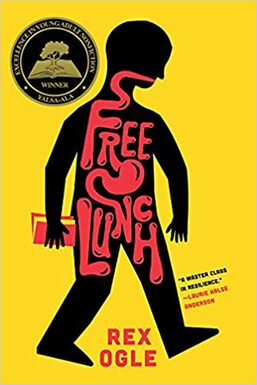
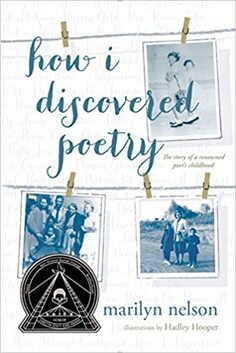
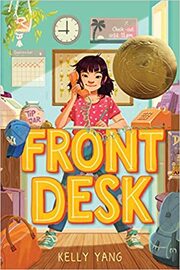
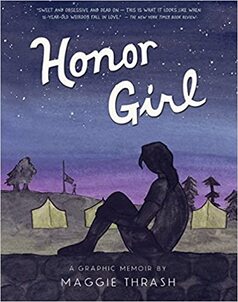
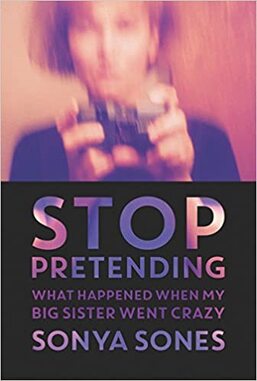
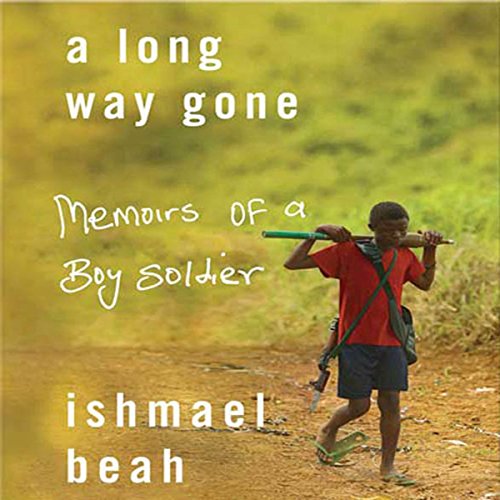
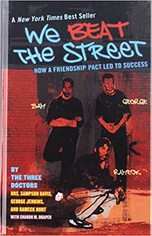
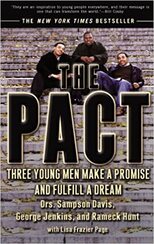
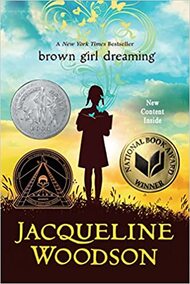
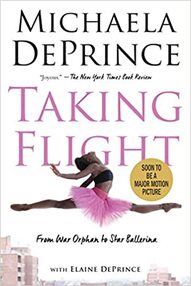
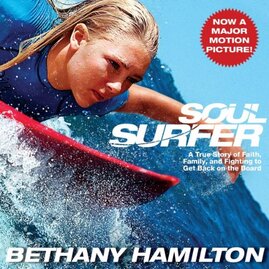
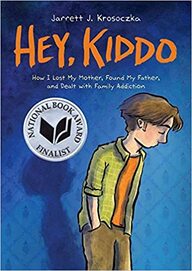
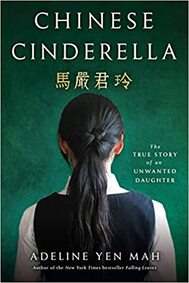
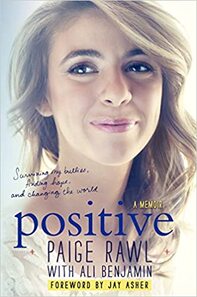
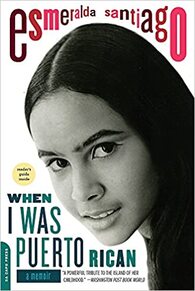
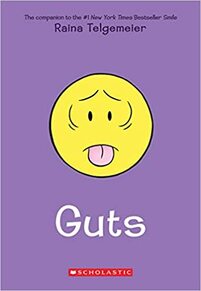
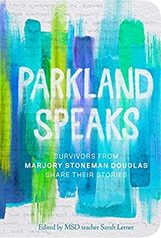
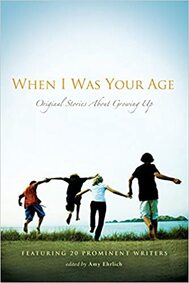
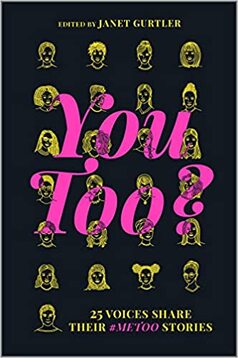
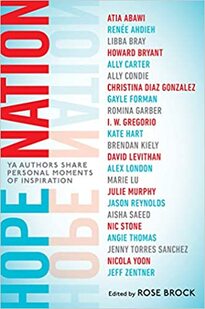
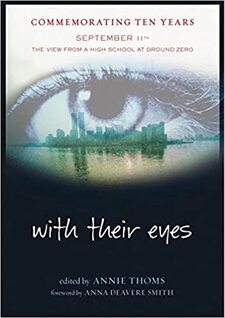
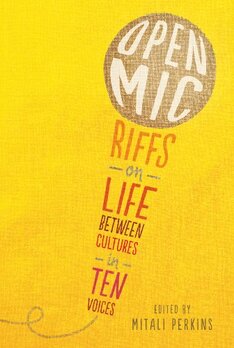
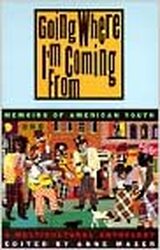
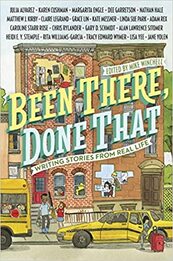
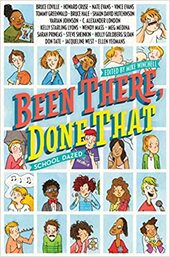
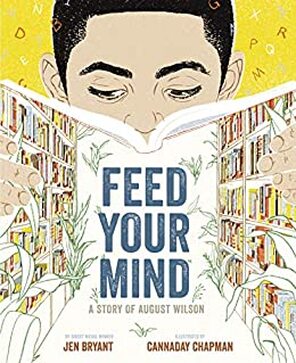
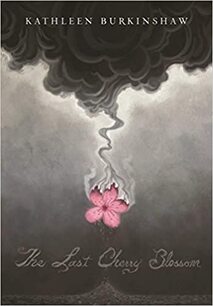
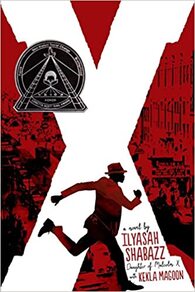
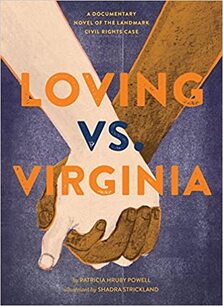
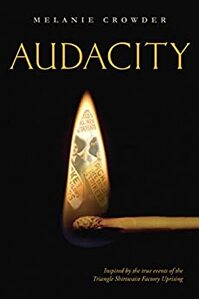
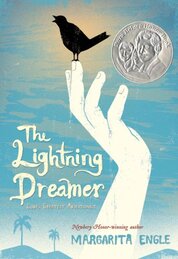
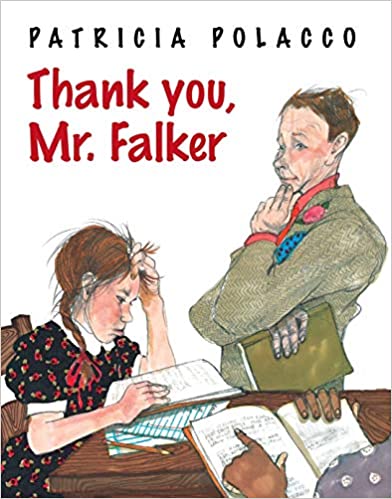
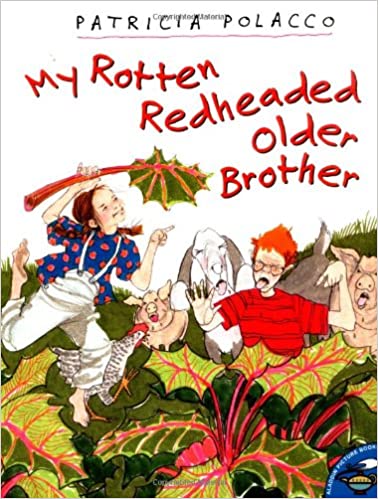
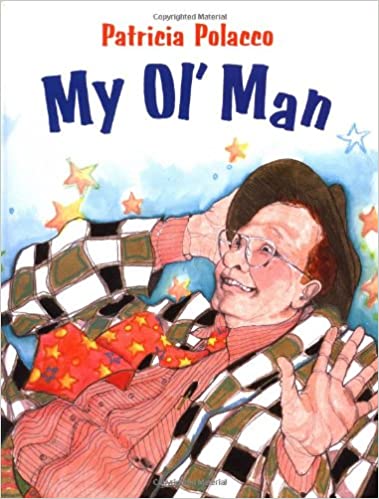
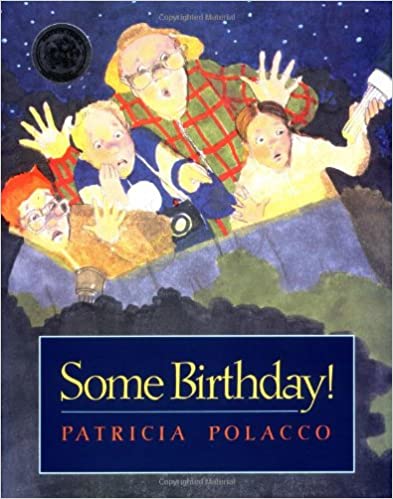
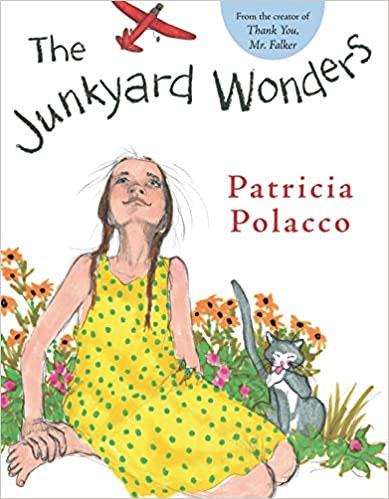
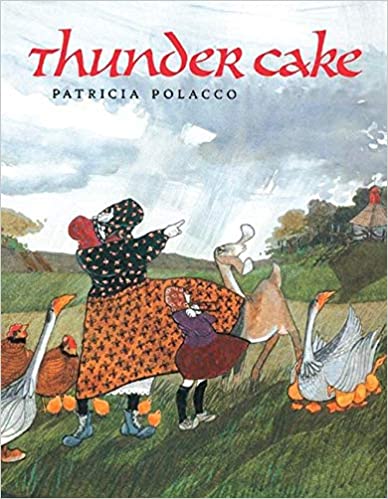
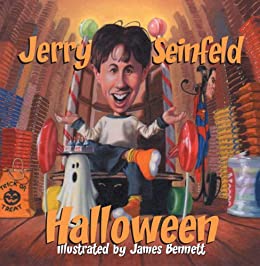
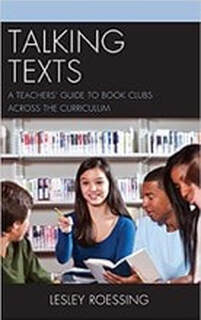
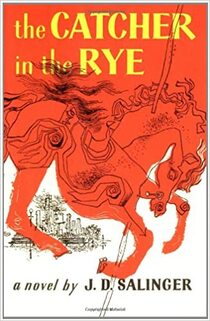
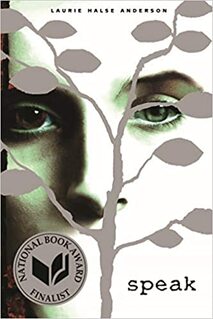
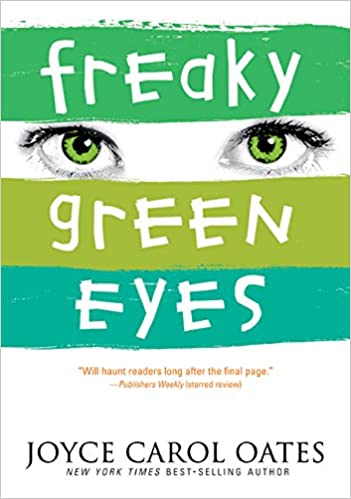
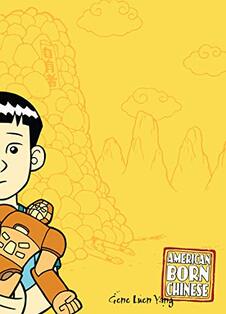
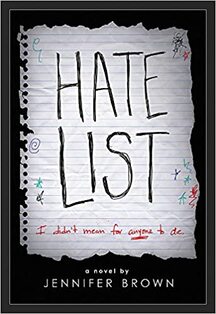
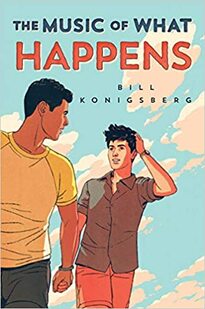
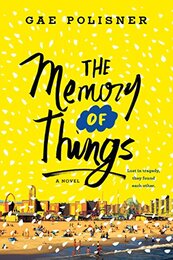
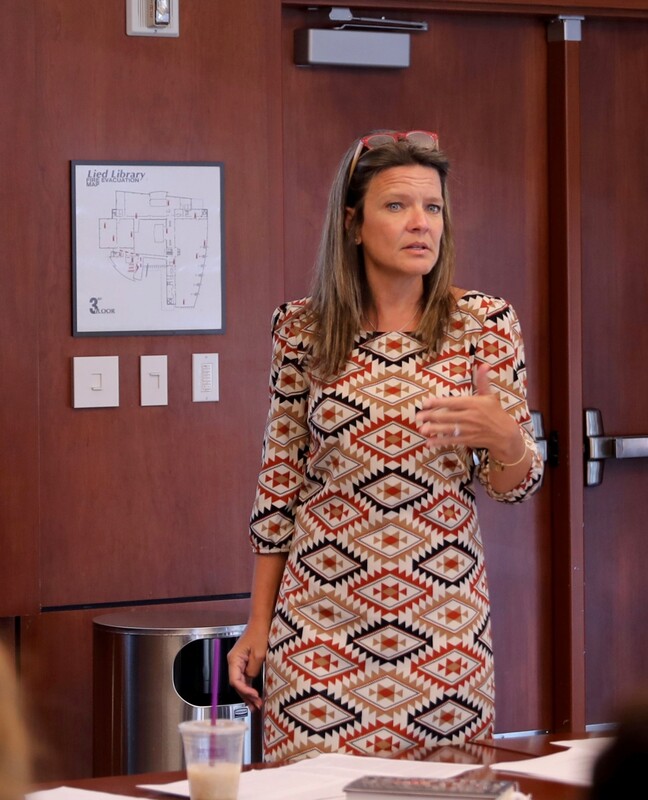
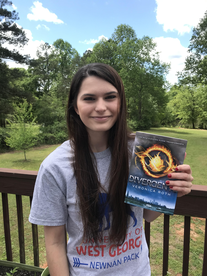
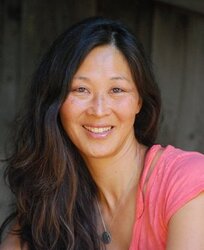
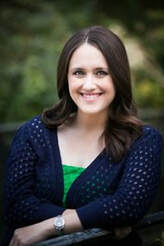
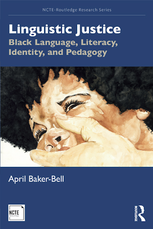
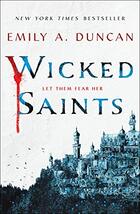
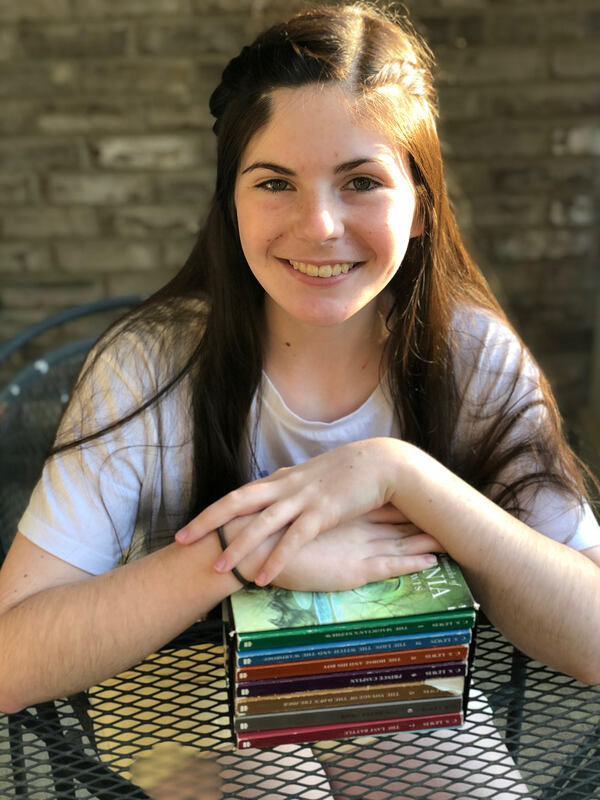
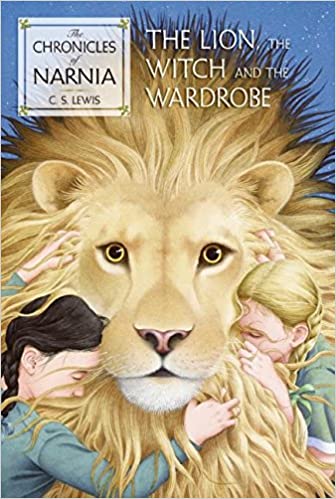
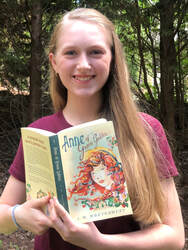
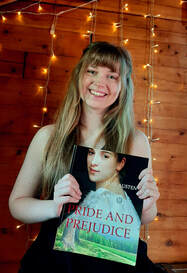
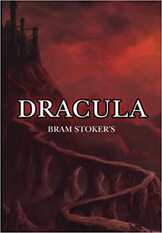
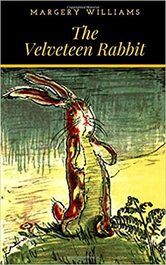
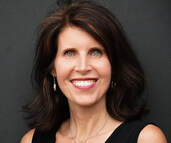
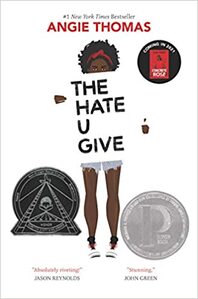
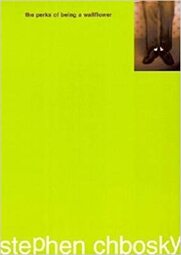
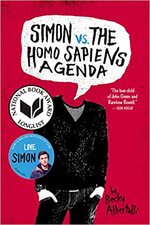
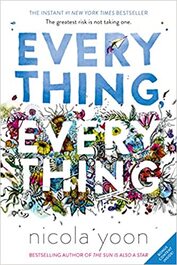
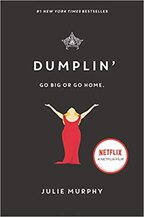
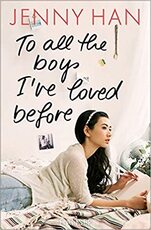
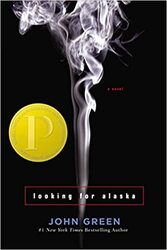
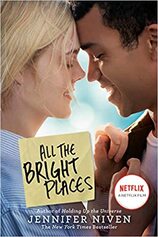
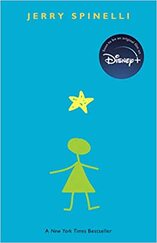

 RSS Feed
RSS Feed